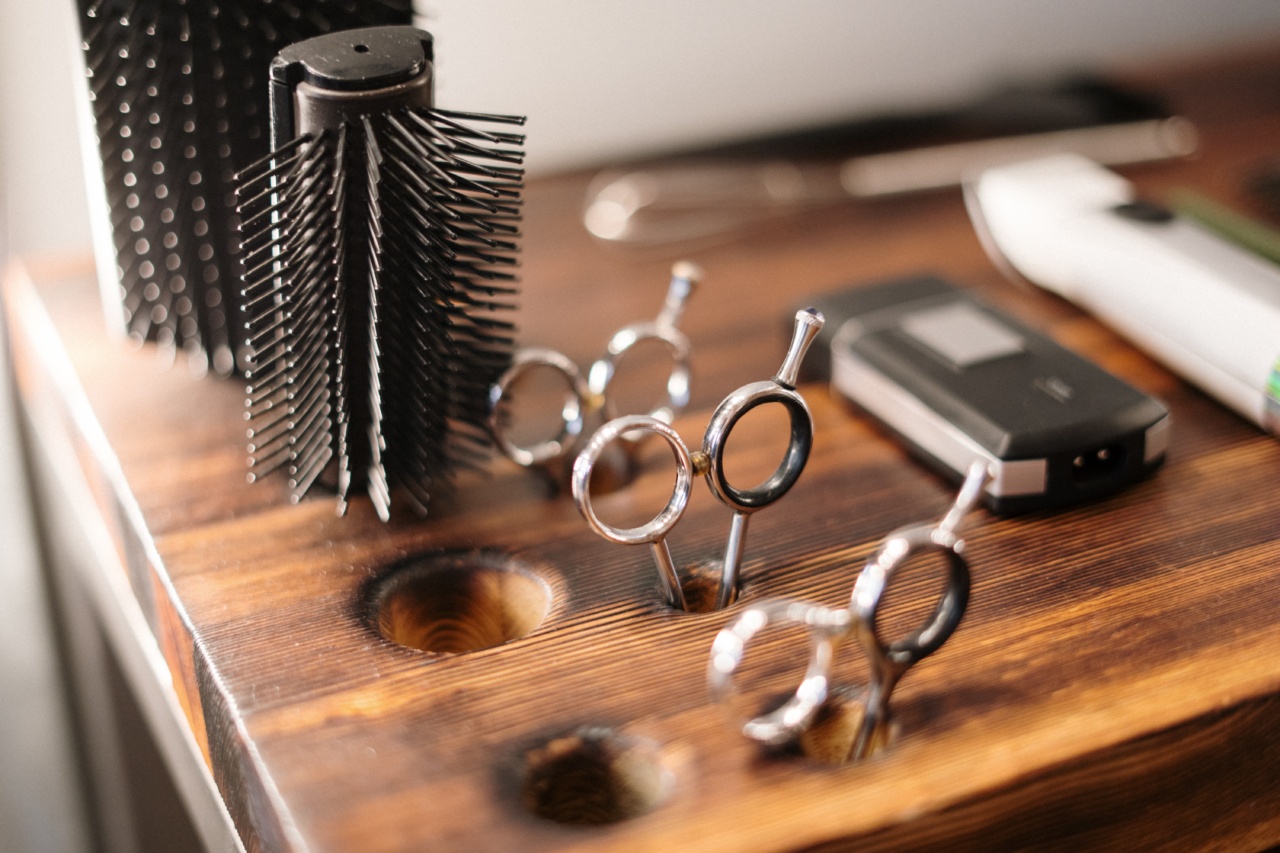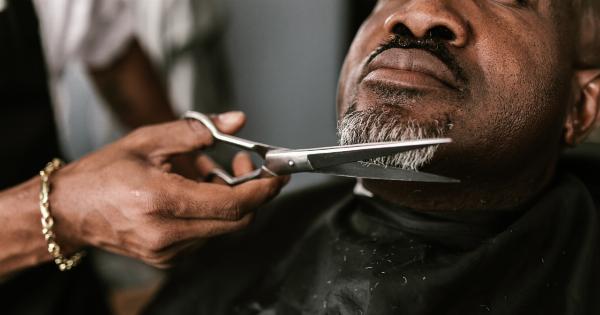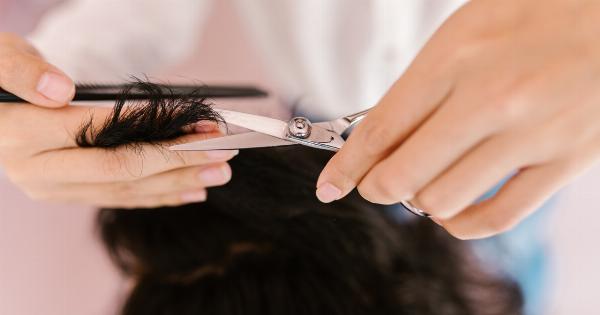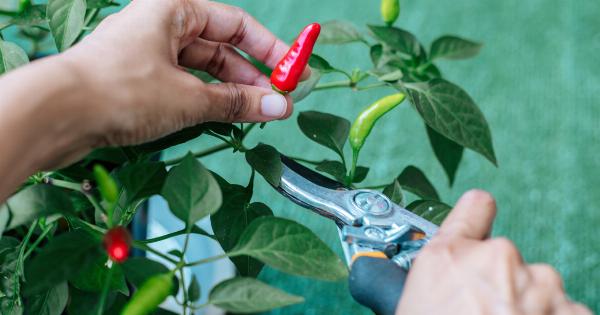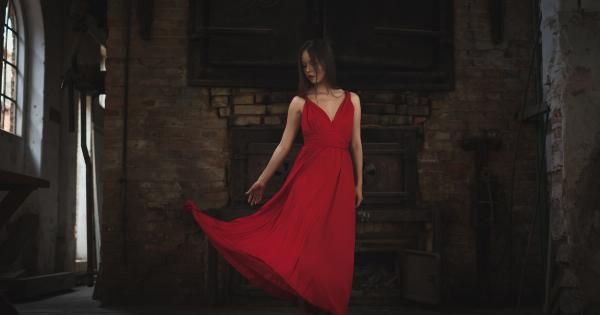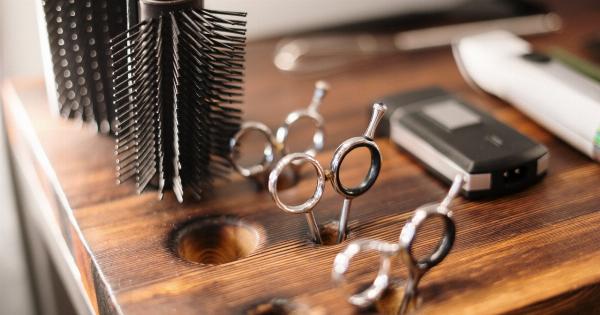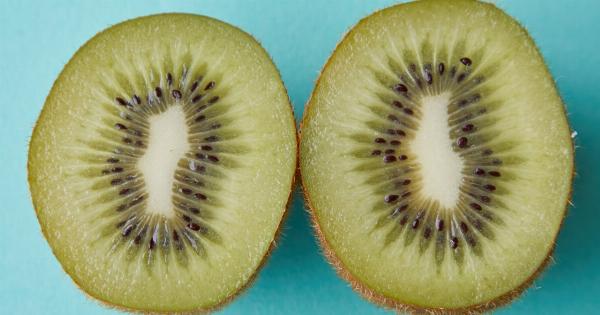Scissors: the ultimate hair tool!.
The History of Scissors
The use of scissors dates back thousands of years to ancient Egypt and Mesopotamia. Initially, they were made of bronze or iron and were used primarily for cutting fabrics and materials.
However, over time, scissors evolved and found their way into various professions, including hairdressing.
The Evolution of Hair Scissors
In the early days of hairdressing, barbers primarily used razors for cutting hair. However, as hairstyles became more intricate, the need for a more precise and controlled cutting tool arose. This led to the birth of specialized hair scissors.
The Anatomy of Hair Scissors
Hair scissors are composed of several essential components, each playing a vital role in the cutting process:.
1. Blades
The blades are the most crucial part of hair scissors. They come in various lengths and styles, such as straight blades, convex blades, and beveled blades. The type of blade affects the haircutting technique and the end result.
2. Handles
The handles of hair scissors are designed for comfort and control. They come in different styles, such as offset handles and crane handles, to suit the preference of individual hairdressers.
3. Tension Screw
The tension screw is responsible for adjusting the tightness of the blades. Proper tension ensures smooth cutting and prevents hair from slipping between the blades.
The Different Types of Hair Scissors
1. Cutting Scissors.
Cutting scissors are the most commonly used type of hair scissors. They feature two straight blades and are primarily used for cutting hair to create various styles and lengths.
2. Thinning Scissors.
Thinning scissors, also known as texturizing scissors, have one straight blade and one notched blade. They are used to remove bulk, add texture, and blend hair seamlessly.
Thinning scissors come in different tooth widths, allowing hairdressers to achieve different degrees of thinning.
3. Blending Scissors.
Blending scissors have both blades featuring a series of evenly spaced teeth. They are used to blend different sections of hair together, creating a smooth and well-layered look.
Blending scissors are particularly useful for creating seamless transitions in layered hairstyles.
4. Razor Scissors.
Razor scissors feature a razor blade instead of a traditional cutting blade. They are used to create soft, wispy edges, or to remove bulk from specific areas of the hair.
Razor scissors require precise control and should only be handled by experienced professionals.
The Importance of Using Quality Hair Scissors
Using high-quality hair scissors is crucial for achieving professional results. Here are some reasons why investing in quality scissors is essential:.
1. Precision Cutting
Quality scissors are designed to provide precise cutting. They have sharp blades that allow hairdressers to achieve clean and well-defined lines.
2. Reduced Hair Damage
Poor-quality scissors can cause hair damage, such as split ends or frizz. On the other hand, quality hair scissors have sharp, smooth blades that minimize hair damage, resulting in healthier-looking hair.
3. Comfort and Control
High-quality hair scissors are designed with the comfort and control of the hairdresser in mind. Ergonomic handles and a proper balance make cutting easier and reduce the strain on the hairdresser’s hand.
4. Longevity
Investing in quality hair scissors means they will last longer. Cheap scissors may wear out quickly, requiring frequent replacement. On the other hand, well-made scissors are made to withstand daily and continuous use.
Scissor Maintenance
Maintaining hair scissors is essential to ensure their longevity and performance. Here are some tips for proper scissor maintenance:.
1. Regular Cleaning
After each use, it is important to clean hair scissors using a soft cloth or brush to remove any hair or debris. Additionally, wiping the blades with disinfectant helps to maintain hygiene and prevent the transfer of bacteria.
2. Lubrication
Regularly lubricating the scissors by applying a few drops of scissor oil to the pivot area helps to maintain a smooth cutting action.
3. Proper Storage
Storing hair scissors in a protective case or sheath prevents damage to the blades and keeps them safe from accidental drops or knocks.
Choosing the Right Hair Scissors for Your Needs
When selecting hair scissors, it is important to consider factors such as:.
1. Hairdressing Technique
Each hairdressing technique may require a specific type of scissor. For example, precision cutting may benefit from straight-bladed hair scissors, while texturizing might require thinning scissors.
2. Blade Length
The blade length should be chosen based on the hairstylist’s comfort and the desired cutting technique. Longer blades may be more suitable for precise cuts, while shorter blades offer increased maneuverability.
3. Handle Design
The handle design should be comfortable to hold for extended periods and provide the necessary control for the hairdresser’s hand size and grip preference.
Conclusion
Scissors are undoubtedly the ultimate hair tool. From their ancient origins to modern-day advancements, hair scissors play a crucial role in shaping hairstyles and enhancing the art of hairdressing.
Choosing quality hair scissors, maintaining them properly, and selecting the right scissors for specific needs are all essential steps toward achieving professional results and maintaining healthy hair.
